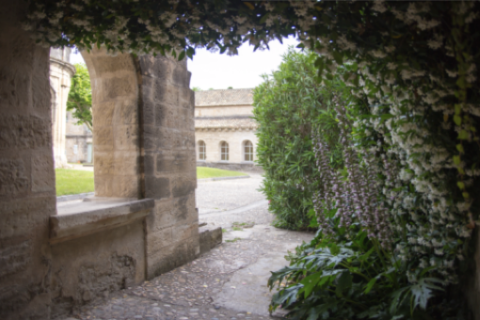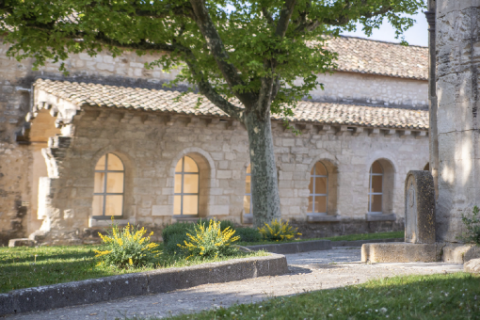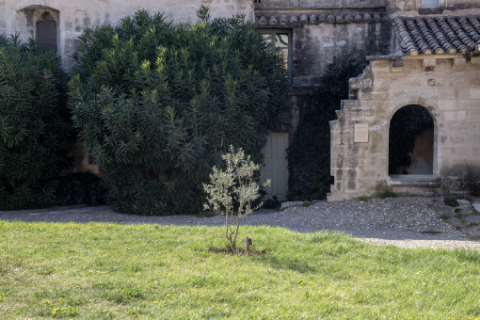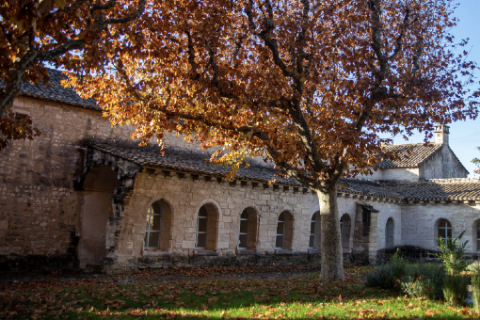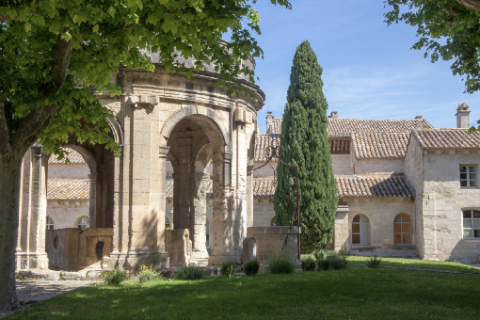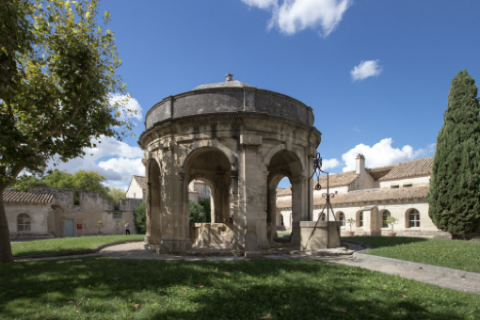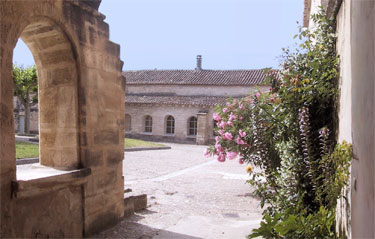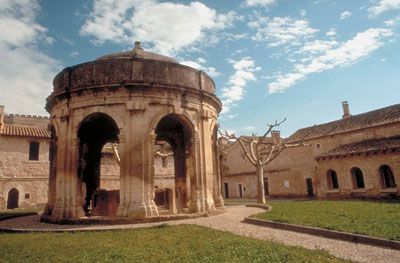Saint John Cloister was built where Cardinal Aubert’s palace once stood. The cloister was started in 1372 when the monastery was extended after the fire that burned the palace down in 1365. The cells of twelve new monks were built around the cloister. The grand rotunda in the centre was built around 1750, after a new spring had been discovered and channelled to this location. This potable water provided the monks with irrigation for their new gardens and crops.
Bringing water to the gardens: Water was a crucial issue from the very foundation of the monastery. The monks got water from several sources : the Rhône river, infiltrations and the groundwater. At the peak of the monastery’s existence, in the 18th century, the monks had a highly advanced hydraulic system with eight wells, a noria, an aqueduct, four cisterns and underground terra cotta pipework.


